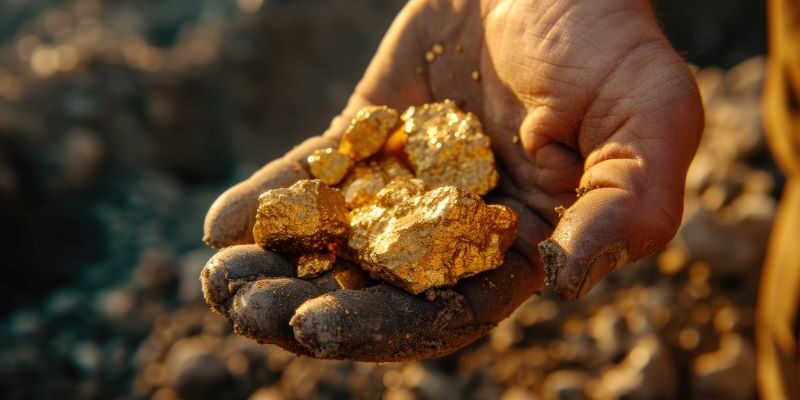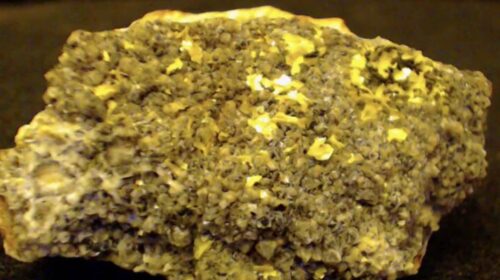Ghana to Launch First Large-Scale Gold Mine in Over a Decade
Ghana, Africa’s leading gold producer, will commission its first large-scale greenfield mine in over a decade this November, with an expected annual production of more than 350,000 ounces. The Cardinal Namdini mine, owned by Cardinal Resources, a subsidiary of Shandong Gold, received its license in 2020.
Ghana, also the world’s second-largest cocoa producer, has faced a decline in gold exploration over the past decade, limiting new projects and reducing output from major miners.
However, Martin Ayisi, CEO of the Minerals Commission, announced that three additional mines, including a lithium project, will be operational by 2026.
These developments are expected to enhance the West African nation’s mineral production and support recovery from its worst economic crisis in a generation.
The last large-scale greenfield mine commissioned in Ghana was Newmont’s Akyem site in 2013. Ayisi noted that after a significant drop in exploration activities, the country is now set for a series of new mine openings.
“First is Cardinal Namdini, which will produce an average of 358,000 ounces per year. By mid-2025, Newmont will commission another major mine, Ahafo North,” he stated.
These two mines alone are projected to add at least 600,000 ounces of gold to Ghana’s annual output, boosting economic growth and creating hundreds of jobs. In 2023, Ghana produced 4.03 million ounces of gold, largely due to increased output from small-scale and artisanal miners.
In addition to the Cardinal Namdini and Ahafo North mines, two other projects are set to start production in 2026: a gold mine by Azumah Resources in northwestern Ghana and the country’s first lithium project by Atlantic Lithium.
While Ghana’s stable fiscal regime is appreciated by miners, excessive costs and bureaucracy remain concerns for potential investors.
Ayisi emphasized that the Minerals Commission is collaborating with the government to reduce exploration taxes to attract more investment. “Ivory Coast currently leads in exploration spending because they’ve made it easier. We are ranked fourth, but we can become number one,” Ayisi said.
As of July this year, Ghana’s gold production reached 2.5 million ounces, with 42% of that output coming from small-scale and artisanal miners, spurred by surging global gold prices.
298 total views , 4 views today





